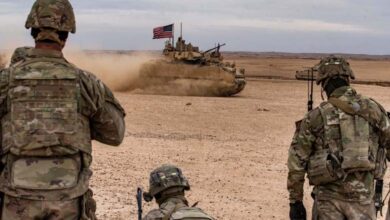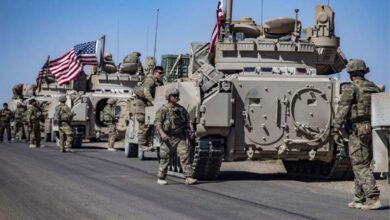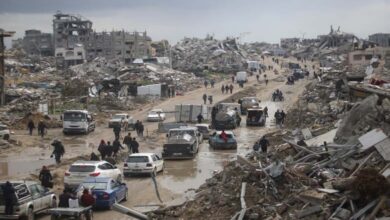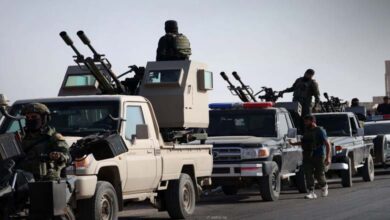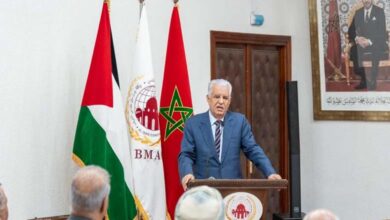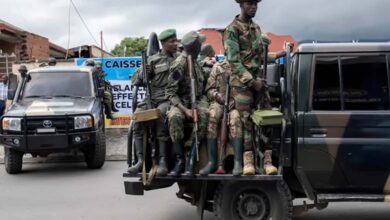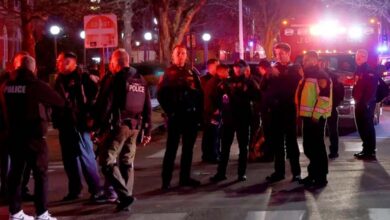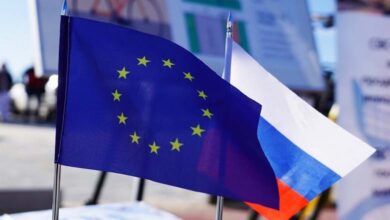Ukraine War and Nuclear Warheads: What Does Putin Want from the Alaska Summit?
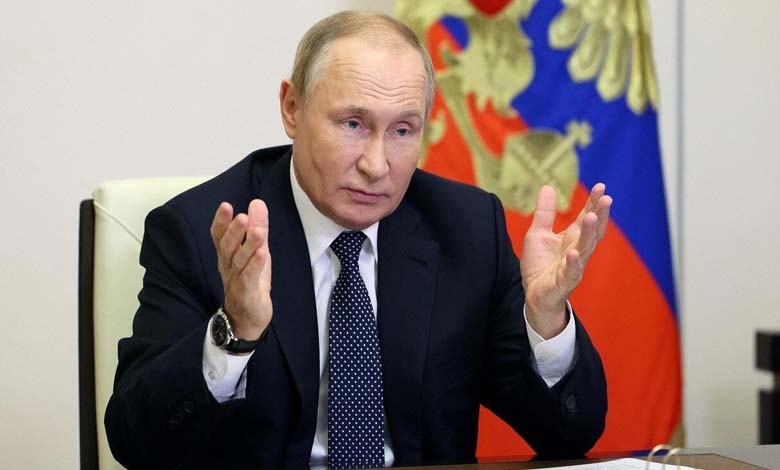
The upcoming Alaska summit between U.S. President Donald Trump and Russian President Vladimir Putin appears set to cover far more than just the war in Ukraine.
On the eve of the meeting, Putin stated that the two countries might reach a new agreement on nuclear weapons as part of broader efforts to promote peace.
-
Trump-Putin Summit: Alaska Revives Its History and Seeks Strategic Prominence
-
Russia’s Summer of Fury: How Will Putin Respond to Spider Web?
While Ukraine remains the official centerpiece of the discussions, the nuclear issue is also looming large. Putin faces pressure from Trump to agree to end the more than three-and-a-half-year-long conflict in Ukraine — something Moscow insists is part of a broader set of security issues that have driven East–West tensions to their highest level since the Cold War.
With Russian forces advancing slowly in Ukraine, Putin continues to reject Kyiv’s calls for a full and immediate ceasefire. However, progress at the summit toward a new arms control treaty could allow him to position himself as a participant in global peace efforts and to persuade Trump that now is not the time for new sanctions on Russia, including on its oil and other key exports.
This approach could be part of a wider strategy to improve ties with Washington, including trade and economic relations that the Kremlin says have considerable untapped potential.
-
Putin Invites Arab Leaders to Participate in the First Russian-Arab Summit in October
-
Putin Talks About His Successor as President of Russia
Why Does Putin Keep Bringing Up Russia’s Nuclear Arsenal?
Since the war began, Putin has repeatedly issued veiled threats about using nuclear missiles, warning that a direct confrontation with Russia could spark a Third World War. These threats have taken the form of public statements, military drills, and a lowering of the thresholds for potential nuclear use.
Russia’s possession of the largest nuclear arsenal in the world gives it a strategic weight far greater than its conventional military or economic power, enabling Putin to present himself as an equal to Trump on global security matters.
-
Ukraine’s allies rally to support it… ‘A show of presence’ against Putin and Trump
-
Trump’s Hammers Forge Putin’s Sword
How Many Nuclear Weapons Do Russia and the U.S. Have?
The Federation of American Scientists estimates that Russia’s military stockpile contains 4,309 nuclear warheads, compared with 3,700 for the United States. China follows with roughly 600.
What Does the Current U.S.–Russia Nuclear Treaty Say?
In 2010, then-President Barack Obama and then-President Dmitry Medvedev signed the New START treaty, limiting each country to 1,550 deployed strategic nuclear warheads and a maximum of 700 long-range missiles and heavy bombers. These weapons are designed to target the opponent’s military, economic, and political centers.
-
The 1000th Day of the Ukrainian War… Putin Opens the Nuclear Door
-
A Step towards Putin: Trump Blames Zelensky for Starting the Ukrainian War
The treaty entered into force in 2011 and was extended for five years in 2021 after Joe Biden took office. In 2023, Putin suspended Russia’s participation, though Moscow pledged to continue respecting the warhead limits. The treaty is set to expire on February 5, 2026, and analysts warn that both sides could exceed its limits without a renewal or replacement.
Last month, Trump expressed for the first time his desire to maintain the treaty’s limits, saying on July 25: “This isn’t the kind of deal you want to let lapse. When nuclear limits are lifted, you have a big problem.”
-
Ukrainian Weapons Threaten Putin’s Summer Residence.. Moscow Strengthens Air Defenses
-
Putin and Nuclear Development: Features of an “Ongoing Plan” and “Return of Fear”
What Other Nuclear Disputes Are in Play?
Earlier this month, Trump said he had ordered two U.S. nuclear submarines to move near Russia in response to what he described as threatening remarks by Medvedev about a possible war with the United States. The Kremlin downplayed the move but urged “extreme caution” in nuclear rhetoric.
Another area of tension concerns short- and medium-range missiles capable of carrying nuclear warheads. In 2019, Trump withdrew the U.S. from a treaty banning the ground-based deployment of such weapons, accusing Moscow of violations — charges Russia denies.
The U.S. now plans to begin deploying SM-6 missiles, Tomahawks, and new hypersonic weapons in Germany starting in 2026, weapons that were previously sea-based. Russia, in turn, has announced it no longer feels bound by any limits on where it can deploy medium-range missiles.
-
After Putin’s Statements… What is the Risk of Amending Russia’s Nuclear Doctrine?
-
A journalist competes with Putin for the presidency under the slogan “Toughness versus Gentleness”


